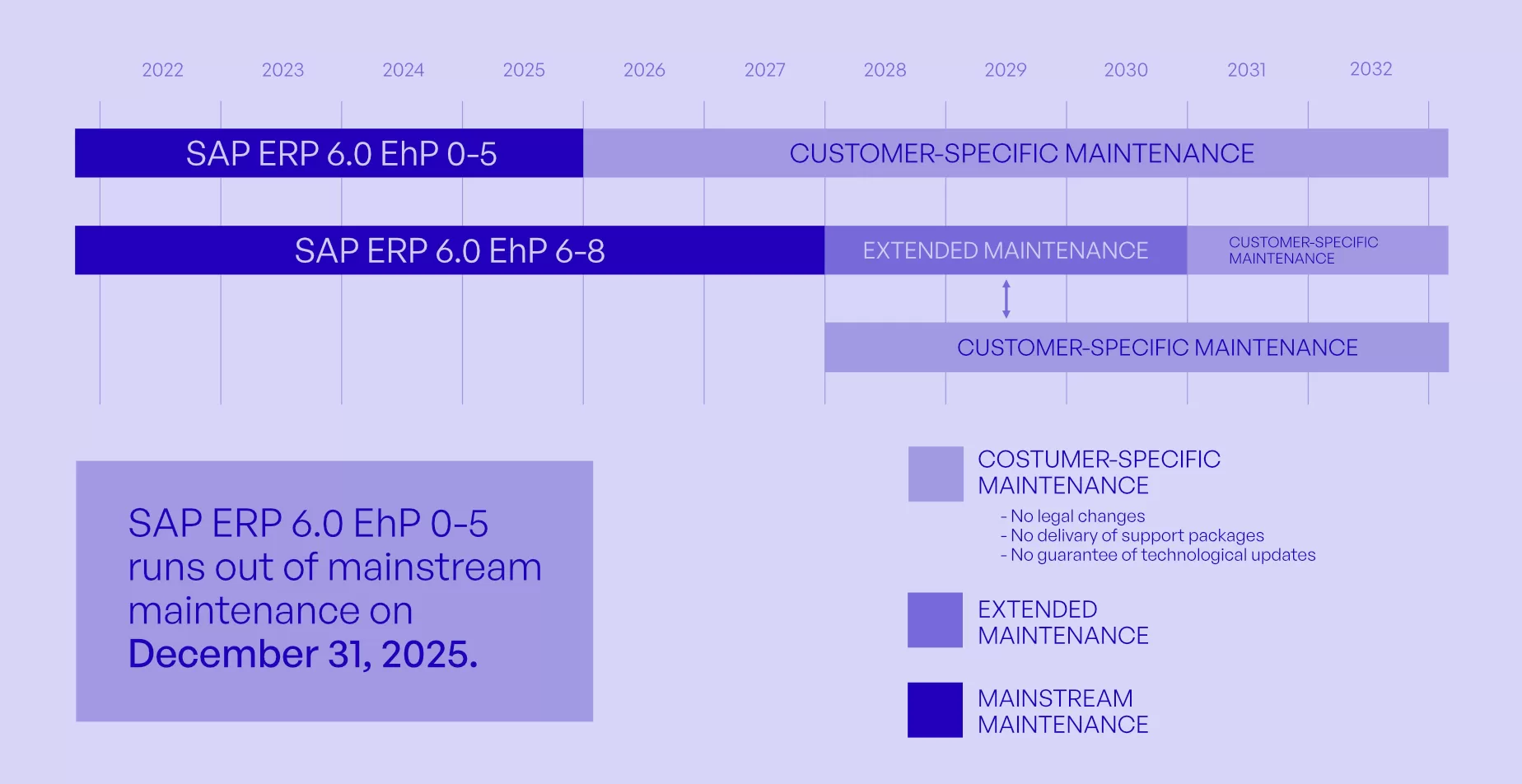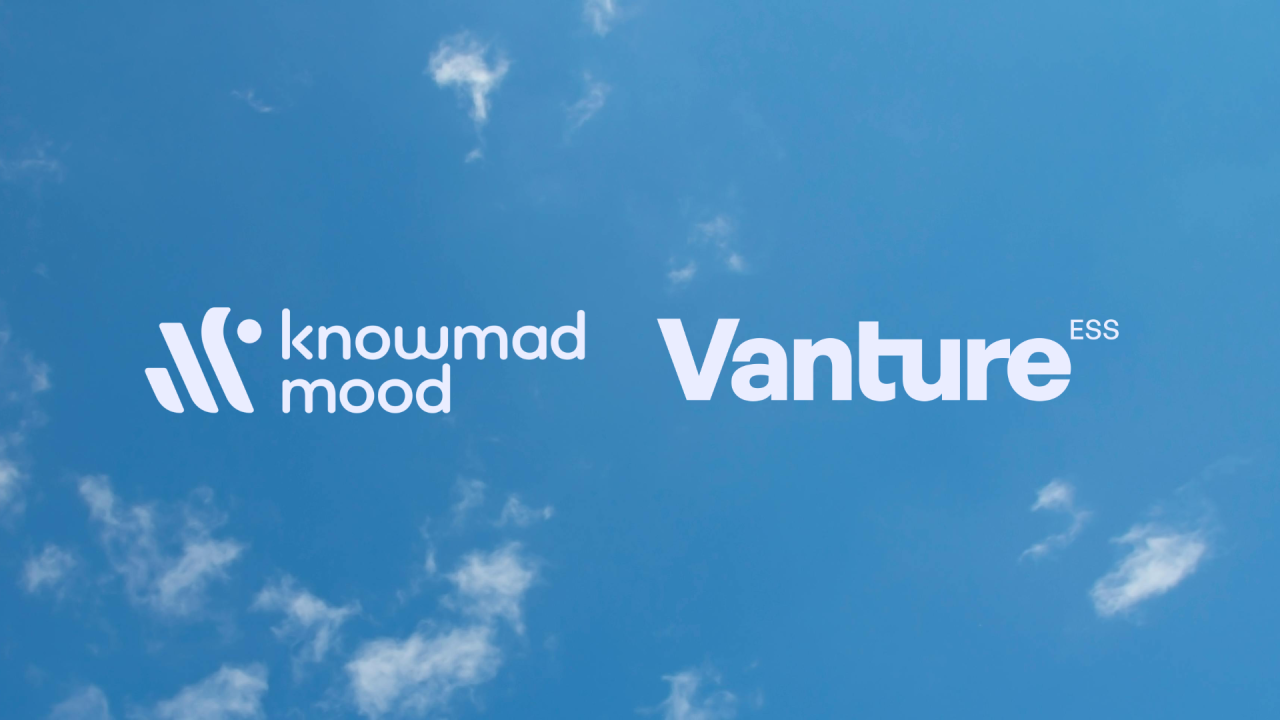
Coping with change and available alternatives
On 31 December 2025, standard maintenance for SAP ERP 6.0 EHP versions 1 to 5 will end. After this date, SAP will no longer provide upgrades, support and technology enhancements as part of its core maintenance.
This poses challenges for those companies that continue to operate with these versions, as they may face security vulnerabilities, regulatory non-compliance and technological limitations.
Impact of the end of standard maintenance
Companies that continue to use SAP ERP 6.0 in EHP versions 1 to 5 after the deadline could face a number of challenges that could compromise their operability.
One of the main risks is security. Without security updates and patches, systems will be more vulnerable to cyber attacks, which could expose critical information and affect business stability. Lack of regulatory compliance is another major concern. Regulations are constantly evolving and, without official support, the system may not adapt to new regulations. On the other hand, technological limitations can stifle the company’s ability to innovate. Lack of enhancements and compatibility with new technologies will hinder integration with modern solutions, affecting operational efficiency and strategic decision making.
For these reasons, it is necessary to plan a migration strategy in advance to minimise risks and ensure business continuity in an increasingly digitalised and competitive environment.
Alternatives to deal with the end of standard maintenance
1. Migration to SAP ERP 6.0 EHP8
For companies that wish to continue using SAP ERP 6.0 without an immediate transition to S/4HANA, migration to EHP8 is a viable option. This upgrade allows for guaranteed standard maintenance until 31 December 2027, and the possibility of extending support until 31 December 2030, but with an additional cost premium. It also represents a lower impact on the operation compared to a full migration to S/4HANA.
2. Migration to SAP S/4HANA
For businesses looking for a strategic and sustainable long-term solution, migration to SAP S/4HANA is the best alternative. This system guarantees long-term support with continuous improvements, optimises efficiency and agility in business processes and facilitates integration with advanced technologies such as artificial intelligence and process automation. It also enables greater adaptability to new regulations and security requirements. Although migration to SAP S/4HANA requires a significant investment, the benefits in innovation and process optimisation make it a key strategic decision.
3. Specific maintenance with special conditions
Another option is to opt for specific maintenance under particular conditions. However, this alternative entails certain limitations. The additional costs are high and do not include significant technological improvements, legal changes and regulatory updates. Also, the lack of support in critical areas could create risks for future adaptation or innovation needs. This alternative is only recommended for companies that, for operational or budgetary reasons, are unable to migrate immediately.

Conclusion
The end of SAP ERP 6.0 standard maintenance is a fact that requires immediate action. Planning a migration strategy in advance will minimise risk and ensure business continuity without compromising security or system efficiency.
Digital transformation is not just a technological necessity, but an investment in the evolution and sustainability of the company. Adapting to change is a key step to remain competitive in an increasingly dynamic and challenging environment.



